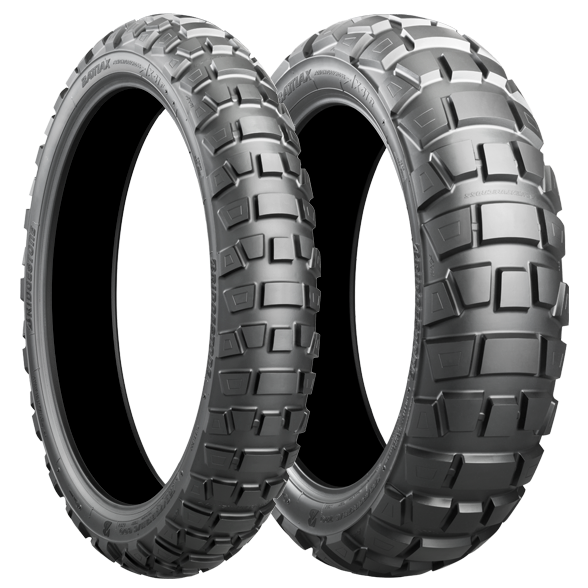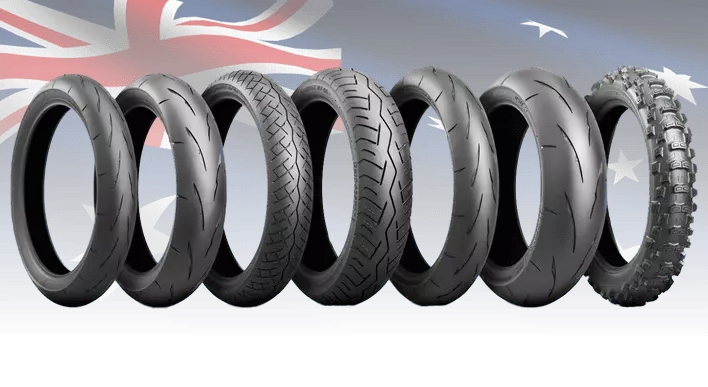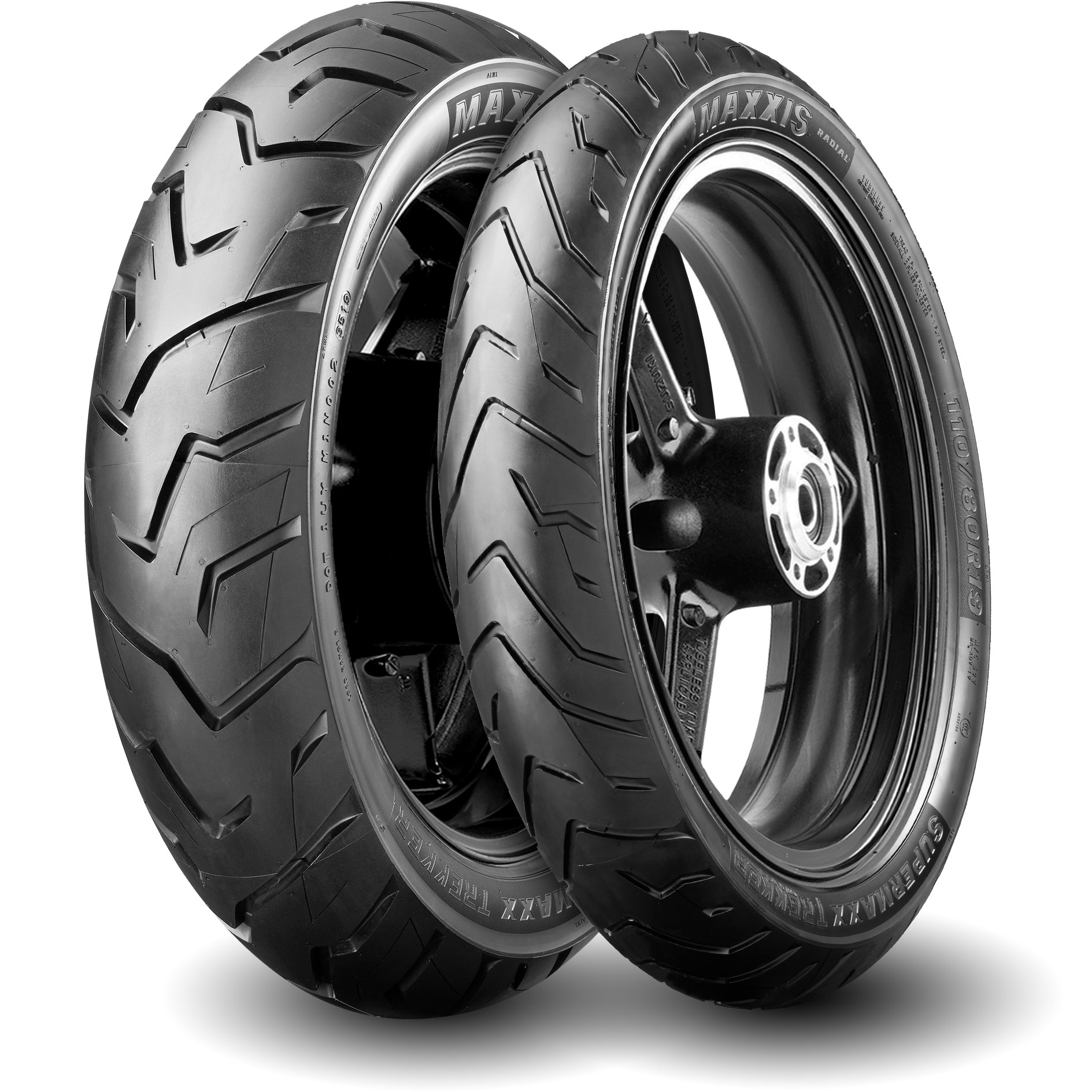Everything about the Vital Bike Tyre Overview for Optimum Bike Upkeep and Performance
The Important Motorbike Tyre Guide functions as an essential source for cyclists looking for to improve their bike's performance and safety. motorcycle tyre guide. It gives understandings into various tire kinds and specs that affect taking care of and sturdiness. Additionally, comprehending appropriate upkeep methods can considerably prolong tyre life. Lots of bikers neglect crucial factors that impact their riding experience. Exploring these aspects can cause informed decisions that inevitably boost both safety and security and satisfaction on the road
Recognizing Motorbike Tire Types
When choosing motorbike tires, understanding the numerous kinds available is vital for peak performance and safety. Motorcyclists come across various tyre classifications, each made for particular riding problems and designs. For instance, sport tires stress hold and responsiveness, making them appropriate for high-performance bikes and track use. Touring tyres, on the various other hand, emphasis on durability and comfort, perfect for long-distance rides. Off-road tires include hostile tread patterns, offering grip on unequal surface areas, while dual-sport tires provide versatility for riders who shift in between on-road and off-road conditions.Additionally, cruiser tires are created for stability and a smooth experience, dealing with the unique needs of cruisers and visiting bikes. Understanding these classifications permits cyclists to pick tires that line up with their riding behaviors and environmental conditions, ultimately enhancing both safety and efficiency. Each type plays an essential function in making sure a remarkable riding experience tailored to the individual motorcyclist's needs.
Trick Tire Specifications Discussed
Selecting the ideal motorbike tyres includes more than simply comprehending the various kinds; it likewise requires experience with essential specs that influence performance and safety. Secret requirements consist of tyre dimension, which is generally expressed as a collection of numbers suggesting size, element ratio, and edge diameter. This code is vital for ensuring compatibility with the motorcycle.Another essential specification is the lots index, indicating the optimum weight a tyre can support. The speed rating represents the maximum speed a tyre can safely handle, vital for efficiency enthusiasts.Additionally, step pattern and rubber compound impact hold, stability, and put on attributes. Tyres with a softer substance tend to give much better grasp however wear much faster, while more difficult compounds last much longer yet might compromise traction. Comprehending these requirements enables cyclists to make informed decisions, enhancing both their safety and security and riding experience.
Exactly how to Pick the Right Tyres for Your Bike
How can a biker assurance they select the appropriate tyres for their motorcycle? Selecting the proper tyres entails comprehending the certain requirements based upon riding climate, style, and terrain problems. Riders need to first get in touch with the motorbike's manual to identify recommended tyre sizes and specifications.Next, they must assess the sort of riding they intend to do-- whether it's commuting, touring, or off-road. Each category has distinct tyre layouts customized for optimal performance.Additionally, riders should analyze step patterns; much deeper treads supply far better hold in wet problems, while shallower footsteps enhance security on dry surfaces.Lastly, it is vital to check out the tire's building and construction and product, as these factors affect durability and handling (motorcycle tyre guide). By examining these aspects meticulously, a biker can with confidence select tires that boost safety, efficiency, and general riding experience
The Relevance of Tyre Pressure and Maintenance
Tire stress is a considerable aspect of motorbike upkeep that directly influences security and performance. Preserving the appropriate tire stress guarantees ideal contact with the road, boosting hold and security during trips. Under-inflated tyres can cause raised rolling resistance, leading to inadequate gas efficiency and excessive endure the tires. Conversely, over-inflated tyres might decrease and create a rough trip traction, specifically in damp conditions.Regularly checking tyre stress, ideally prior to each ride, is necessary to maintaining the motorcycle's general efficiency. Motorcyclists should describe the maker's specs for the suggested pressure degrees. Furthermore, monitoring tyre condition and changing stress according to lots and riding problems is important for safety and security. Appropriate tire upkeep adds to expanded tyre life expectancy, better handling, and improved braking efficiency. Inevitably, consistent focus to tyre stress and maintenance is important for ensuring a pleasurable and safe riding experience.

Acknowledging Indicators of Tyre Put On and Damages
Acknowledging signs of tire wear and damage is vital for keeping bike safety and performance. Secret signs include evaluating step depth and conducting a detailed aesthetic evaluation for any kind of noticeable damages. Addressing these factors without delay can stop additional problems when traveling.
Step Deepness Analysis
As cyclists take to the roadways, the significance of assessing walk depth can not be overemphasized, since put on or damaged tires can greatly impact security and efficiency. Walk deepness straight impacts grip, braking range, and cornering security. To assess walk deepness, cyclists ought to make use of a tread deepness gauge, determining the grooves at numerous points throughout the tyre. A deepness of 2mm or much less indicates considerable wear and demands instant substitute. Additionally, cyclists can utilize the "dime test" by inserting a coin into the step; if the top of Lincoln's head shows up, the tire is too worn. Routine checks guarantee peak grasp on diverse road problems, advertising a much safer riding experience while improving the overall handling of the bike.
Aesthetic Damages Assessment
Checking bike tires for aesthetic damage is essential for keeping safety and security on the roadway. Bikers must regularly check out tyres for signs of wear such as splits, protrudes, or slits. Uneven wear patterns may suggest alignment issues or improper inflation, resulting in jeopardized performance. In addition, checking for foreign objects installed in the step can stop possible blowouts. Motorcyclists should pay attention to the sidewalls, as any abrasions or cuts can damage the tire's framework. Guaranteeing that the walk is free from extreme wear is essential for ideal hold. Normal visual assessments not only improve security but likewise lengthen the life of the tires, making sure a smoother and more trusted riding experience. Timely discovery of damage can stop costly repair work and mishaps.
Seasonal Tyre Factors To Consider for Various Riding Problems
When considering bike tyres, seasonal conditions play an essential duty in performance. In wet weather condition, tyres made for improved grasp and water displacement become necessary for security. In addition, winter months riding requires certain tyre qualities to guarantee peak traction on chilly, potentially icy surfaces.

Wet Climate Performance
Damp weather condition conditions existing unique difficulties for motorcyclists, making the option of tyres important for security and performance. Tires created for damp weather condition generally feature deeper treads and specialized rubber substances that enhance hold on slippery surface areas. These tires are crafted to transport water away, reducing the danger of aquaplaning and improving stability during rain. Bikers ought to think about tires with a balanced style, providing both grip and sturdiness in damp problems. Furthermore, keeping proper tire pressure is vital, as under-inflated tires can compromise performance. Normal assessments for wear and damage are necessary to assure peak function when confronted with rain-soaked roadways. Selecting appropriate wet-weather tires ultimately contributes to a safer and much more satisfying riding experience.
Winter Season Tire Needs
Riding in winter conditions positions distinct challenges that necessitate specific tyre requirements to ensure safety and security and performance. Wintertime motorcycle tyres are made with deeper footsteps and softer rubber compounds, offering improved hold on cold and slippery surface areas. This is important for maintaining grip on ice, snow, and damp roadways. In addition, winter months tyres commonly include an one-of-a-kind step pattern that aids network water away, decreasing the risk of aquaplaning. Riders should additionally consider the tyre's temperature strength, as performance can decrease in severe cold. It is necessary to regularly inspect tire stress, as it can drop considerably in reduced temperature levels. By picking the suitable winter months tires, cyclists can browse extreme conditions with greater confidence and security, ensuring a much safer riding experience.
Tips for Appropriate Tyre Storage Space and Longevity
Correct tyre storage space is important for preserving their durability and efficiency with time, as ignoring this facet can bring about premature damage. To assure suitable storage, it is necessary to keep tires in a great, dry environment far from straight sunlight and resources of warm, such as radiators or heaters. Extreme warmth can trigger rubber compounds to break down, jeopardizing the tyre's integrity.Additionally, tires must be kept upright or piled horizontally, depending on their kind. It is recommended to rotate them occasionally to protect against flat areas if stacked. Proper inflation is additionally important; tires need to be blown up to the maker's advised stress to prevent deformation.Lastly, it is valuable to cover tires with a safety material to secure them from dust and contaminants. Following these pointers will assist expand the life of bike tires, guaranteeing they stay secure and efficient for usage when the riding period resumes.
Often Asked Concerns
Exactly how Typically Should I Replace My Motorcycle Tyres?

Can I Mix Different Tyre Brands on My Motorbike?
Mixing different tyre brands on a motorcycle is usually not suggested. Variations in walk patterns, rubber substances, and performance characteristics can lead to uncertain handling and compromised security, potentially enhancing the risk of mishaps.
What Is the Life expectancy of a Bike Tire?
The life-span of a bike tire commonly ranges from 5,000 to 15,000 miles, affected by variables such as riding style, surface, and tyre maintenance. Routine inspections can assist ensure peak efficiency and safety throughout their use.
Exactly how Do I Dispose of Old Motorbike Tyres?
When taking care of old motorbike tyres, they ought to be taken to designated recycling facilities. Several go to this site regional waste monitoring services also provide tyre disposal programs, guaranteeing eco-friendly handling and compliance with local regulations concerning tyre waste.
Are There Any Kind Of Tyre Warranties Offered for Motorcycles?
Several bike tire manufacturers use more tips here guarantees that cover flaws in material and handiwork. The specifics differ by brand and version, so it's crucial for cyclists to review individual warranty terms prior to purchasing new tyres. Off-road tires feature hostile tread patterns, giving grip on unequal surfaces, while dual-sport tyres supply adaptability for bikers that change in between off-road and on-road conditions.Additionally, cruiser tyres are created for stability and a smooth experience, catering to the unique requirements of cruisers and exploring bikes. Each group has distinct tire designs customized for top performance.Additionally, riders must evaluate step patterns; much deeper footsteps offer far better hold in wet problems, while content shallower treads boost stability on completely dry surfaces.Lastly, it is necessary to examine the tire's building and material, as these aspects affect resilience and handling. Appropriate tyre maintenance adds to extended tire lifespan, much better handling, and boosted braking efficiency. Proper inflation is additionally vital; tires need to be inflated to the maker's advised stress to prevent deformation.Lastly, it is beneficial to cover tyres with a protective product to protect them from dust and pollutants. The lifespan of a motorbike tire commonly ranges from 5,000 to 15,000 miles, affected by factors such as riding design, terrain, and tire upkeep.